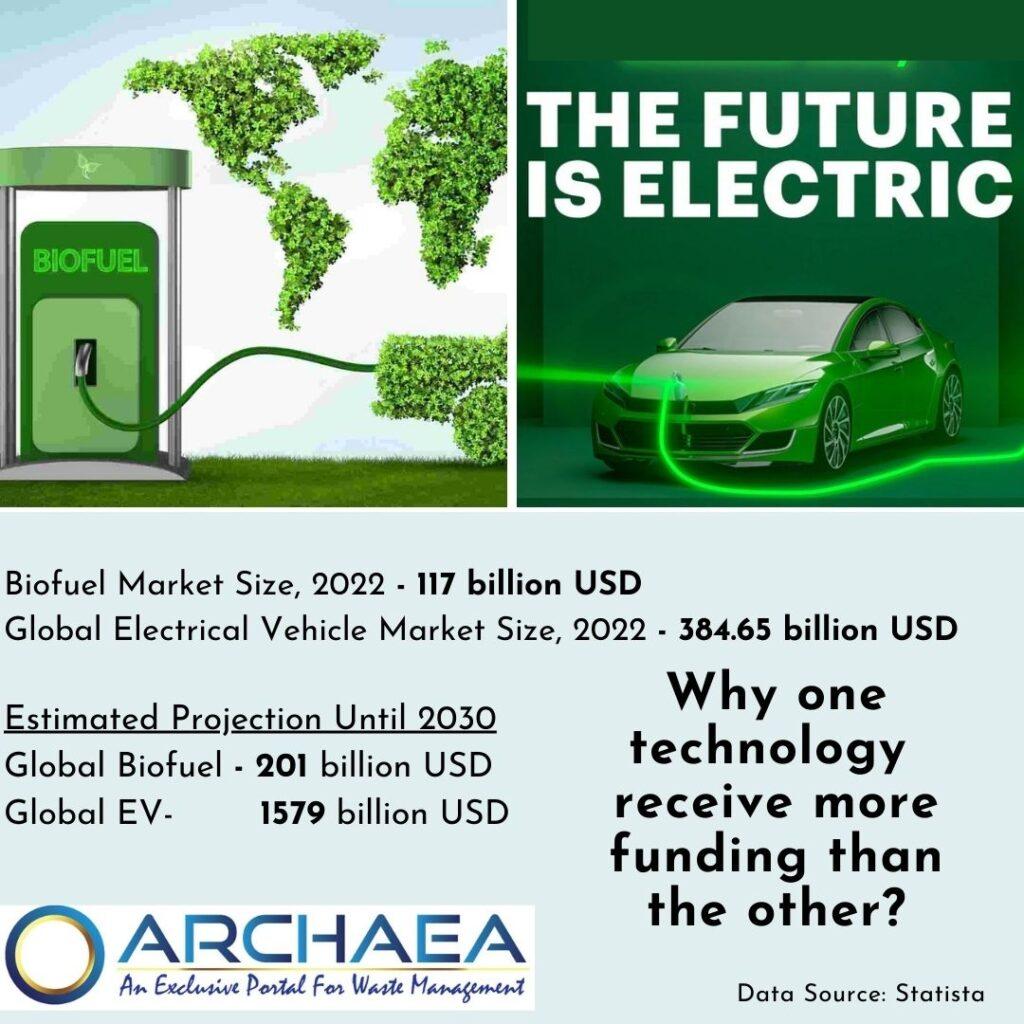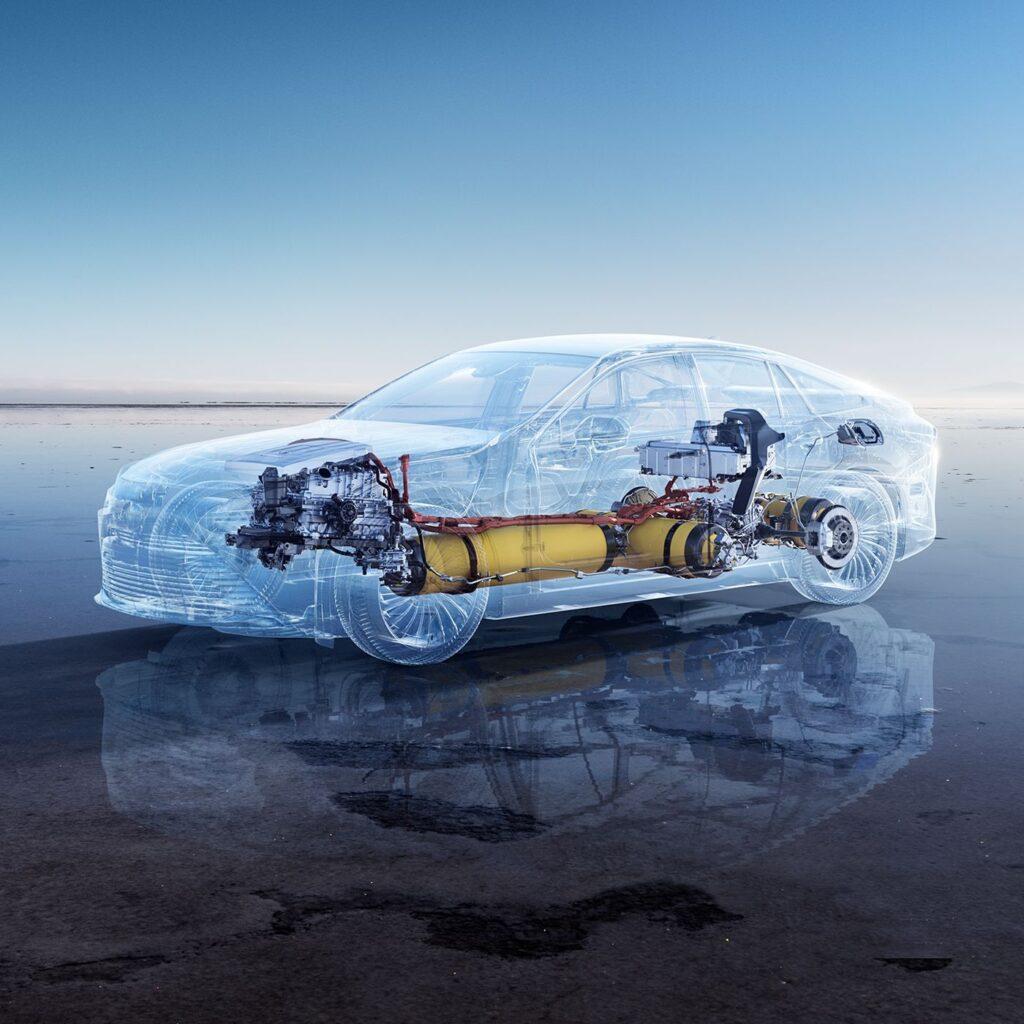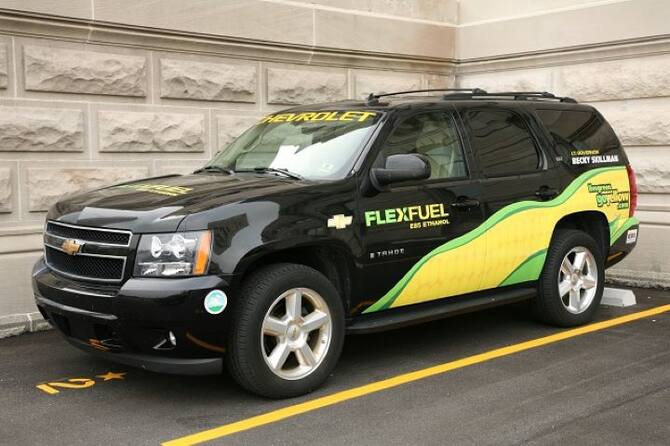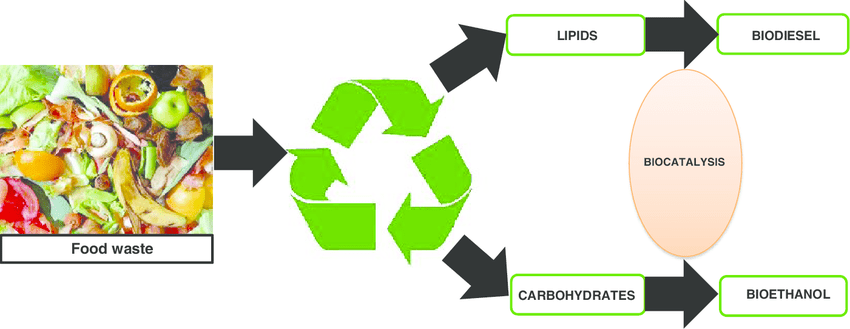
A Conversation with Dr Karthik Rajendran on Research, BioFuel, and the Future of Energy – Part I
Dr Karthik Rajendran serves as an Associate Dean at SRM University, boasting over 12 years of academic and research expertise. With an impressive portfolio of 80+ published articles in high-impact journals, he stands out as one of the top 2% of leading scientists on a global scale. His extensive research exposure spans across various countries, including Sweden, Hawaii, Oregon, Ireland, and India. He focuses on research areas such as techno-economic analysis, sustainability metrics, waste management, and bioenergy. In this conversation, he has shared his insights on research, biofuels, EVs, and challenges in the waste management industry.
The Research Journey
“My Professor told me he would consider me for a PhD if I managed to get straight A’s in all subjects during masters”
Dr karthik rajendran
6. Professor, you are working in the biofuel sector, considered one of the alternative and cleaner fossil fuel sources. Biofuel can address waste management and emission problems simultaneously, so why do you think the electric vehicle (EV) sector is garnering more attention and popularity in terms of investment?

There is a global convention about Electrical Vehicle as a potential technology that can greatly reduce emissions. Currently, there is a chicken and egg problem in the EV sector, the infrastructure needed vs the availability and buying capacity of EVs. For example, Tesla owns the largest private electric charging infrastructure in the USA and companies like GM, Chevy, and Ford are seeking the help of Tesla to standardise their charging port whereas, in Norway, the government has heavily subsidised EVs to reduce emissions. So, there are two things that play a vital role in attracting funding that is Industry and the other is Policy. And the balance of these sectors determines which sector is attracting more funding.
7. How do you see the EV’s impact on India?
“We are a people of 1.5 billion and our charging infrastructure is poor and people don’t want to wait 1.5 or 2 hours every time they want to charge their vehicle.”
In India, presently, the charging infrastructure for electric vehicles (EVs) is lacking. However, in the long run, producing electricity from renewables, such as wind and solar, is a viable option. Toyota has recently introduced two initiatives: flex-fuel, endorsed by the Urban Roadways Minister, Mr Nitin Gadkari, and hydrogen fuel. This indicates India’s long-term interest in hydrogen fuel. Therefore, it can be reasonably assumed that EVs will be a short-term solution until 2030, after which flex-fuel or hydrogen fuel may take precedence.
8. Could you tell us more about Flex fuel and hydrogen fuel?
Flex-fuel vehicles can run on any combination of fuels, such as petrol and ethanol or diesel and ethanol. If you look at countries like Sweden, their vehicles can already take up to 20% ethanol blend. And when we want to increase the ethanol blend the engine has to be specifically designed and run up to 95% ethanol blend. Flex fuels can adapt to any fuel percentage so there is no need to worry about the market vulnerability of the fuel price.
Regarding hydrogen fuel, Toyota has already launched Mirai, a hydrogen-based car cleaner than EVs. So, in my opinion, EVs are short term and hydrogen fuel is the future.


9. If hydrogen fuel becomes the future, what impact would it have on the biofuel sector?
As long as humanity exists, waste will be generated and as long as there is waste generation one cannot neglect biofuel technology. Biofuel would become more like a supplementary technology to mitigate waste management and the technology would play a vital role in achieving net zero. Without waste management, bio-methanation, and thermos-chemical technology we cannot achieve net zero. And speaking of biogas, it is also a flex-fuel that can be used as a cooking fuel, heat energy, electricity, and vehicle fuel.

10. In Sweden, buses and trains run on biogas. Where do you believe India falls short in harnessing the full potential of biogas as a vehicular fuel?
Indian oil and other petrochemical companies are developing business models in which they are willing to purchase biogas at 15 Rs/kg. If you can provide biogas in compressed bottles that meet industry standards, major oil players are ready to make purchases. For instance, I can offer 1 litre of ethanol for 60 Rs, and if a 20% carbon tax is applied to petrol vehicles, the petrol price would increase to 130 Rs, prompting people to switch to ethanol fuel. However, there is a catch: Should the carbon tax apply to heavy freight vehicles as well? Levying a carbon tax on heavy freight vehicles can lead to higher prices for goods. These challenges must be addressed from a policy perspective.

11. How do the alternate fuels compete against petrol or diesel in terms of efficiency?
Of course, nothing can beat petrol or diesel engines, there will always be a decrease in efficiency in switching to alternate fuels, but it is not significant and negligible. Sweden and Norway have been using biofuels for the last 15 years. But, as a country additional capex is involved in buying those engines.
12. According to you, where does India need to focus its research on the waste management industry?
The main challenge in the waste management sector is the collection of waste! The next challenge would be the segregation of waste. Technology as such is not a problem, we have all the technology available.
13. Can this collection problem be addressed via research?
Yes, it is always possible. I can look at a business management perspective and focus on Operational research. And we can also study this problem through behavioural or social science aspects. So, it is an interdisciplinary area.
14. Do you think government tie-ups with universities other than IITS could be a driving factor in scaling up the innovations and quickly bringing the changes into society?
The population in foreign countries is significantly lower. When we examine the educational systems of Europe and the USA, we find that they follow different models. In the USA, most universities are large, accommodating 30,000 to 40,000 students, and possess substantial infrastructure. In contrast, Europe predominantly features mid-sized or small universities, many of which are government-led, but their commitment to scientific progress differs. Both these regions engage in academic and industrial collaborations. The USA boasts numerous private universities with rich histories, such as Stanford and Carnegie Mellon.
However, in India, we haven’t firmly established whether we will follow the European or American model, or whether we identify as socialist or capitalist. While our IITs are undoubtedly valuable institutions, they alone cannot address all of India’s challenges. Additionally, as a nation, we have yet to mature in terms of industrial research and development, leading to a significant gap in this regard.

